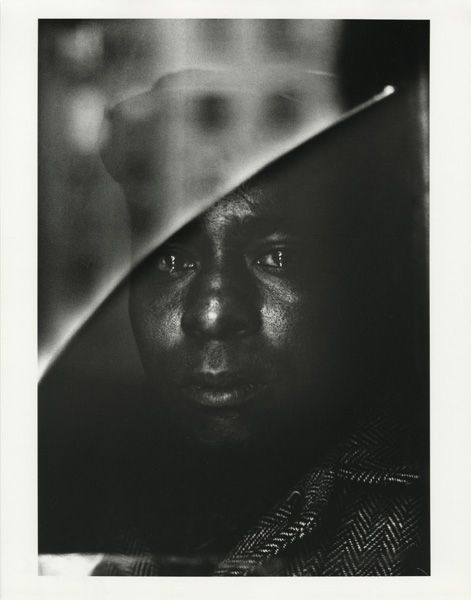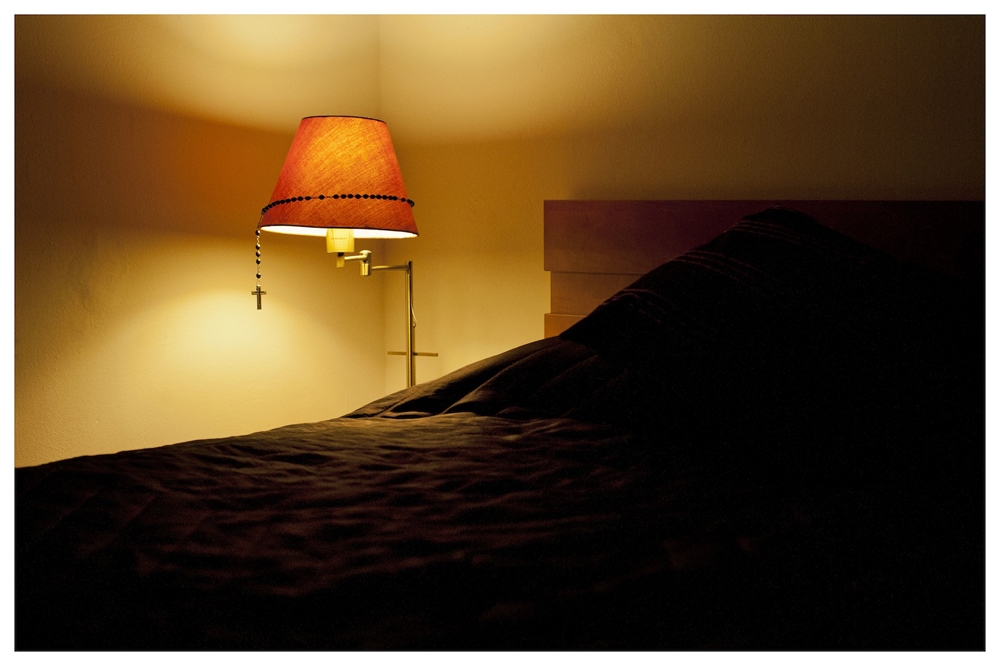Human Communication, Economic Unit, or Plaything of the Cognoscenti?
Something I read in last winter’s edition of Source has been niggling at me so I need to give it a run round the park.
Richard West interviewed Diarmuid Costello and Juliet Hacking about what they understood by the term “art photography”. The former saw it as a means of human communication – just like other forms of art. The latter had a different view. She said that art photography is whatever institutions deem it to be. This, I thought, was refreshingly plain speaking. Since she was a specialist in the photography department of Sothebys and is currently writing a book about art photography and the market she knows, we may conclude, what she is talking about.
Her argument is that the institutional network will determine what is or is not art photography. That includes galleries, auction houses, museums, critics and so on. Their view is not random. Partly it will be based on the pedigree of any given artist – where they studied, who has collected their work, where they have exhibited, what prizes they have won and so on. The critical distinction seems to be between the photographic world and the art world. Being successful in the former does not give any status in the latter. And status in the latter is never absolute: it is constantly shifting. Much like the fashion world, some people are in and some people aren’t.
What I find interesting about this view is that it suggests that art photography has no intrinsic quality to distinguish it from non-art photography. Prices, pedigree, critical success and so on may all be indicators but come in the photograph's wake. What about the work itself? Is there absolutely nothing that can be pointed to in a photograph that makes it even good rather than indifferent (because “good” must be the first rung on the ladder to “art”)? Nothing at all? In the distant days when you eagerly awaited the return of your holiday snaps and you proudly showed them around, one or two would be pronounced “good ones” and even within the circle of family and friends that would usually be agreed upon. That suggests to me that there is such a thing as Quality in a photograph. While there may be argument about what it actually is, everyone seems to agree in practice that such a thing does exist. There is that spontaneous reaction to it as proof. And if you reply that art knows nothing of good or bad then you are avoiding the question.
The other interesting thing about Juliet Hacking’s view is that it could be expressed in another way: that there is in fact no such thing as art photography in any objective sense. If there is no such thing as quality how could there be? It is the product not of a creative person but of commentators. It is a purely subjective category based largely on economics and a brahminical caste.
I’m very much looking forward to reading her book when it comes out. It sounds as though it will be outspoken, well-informed and iconoclastic. Where do I order my copy?

















